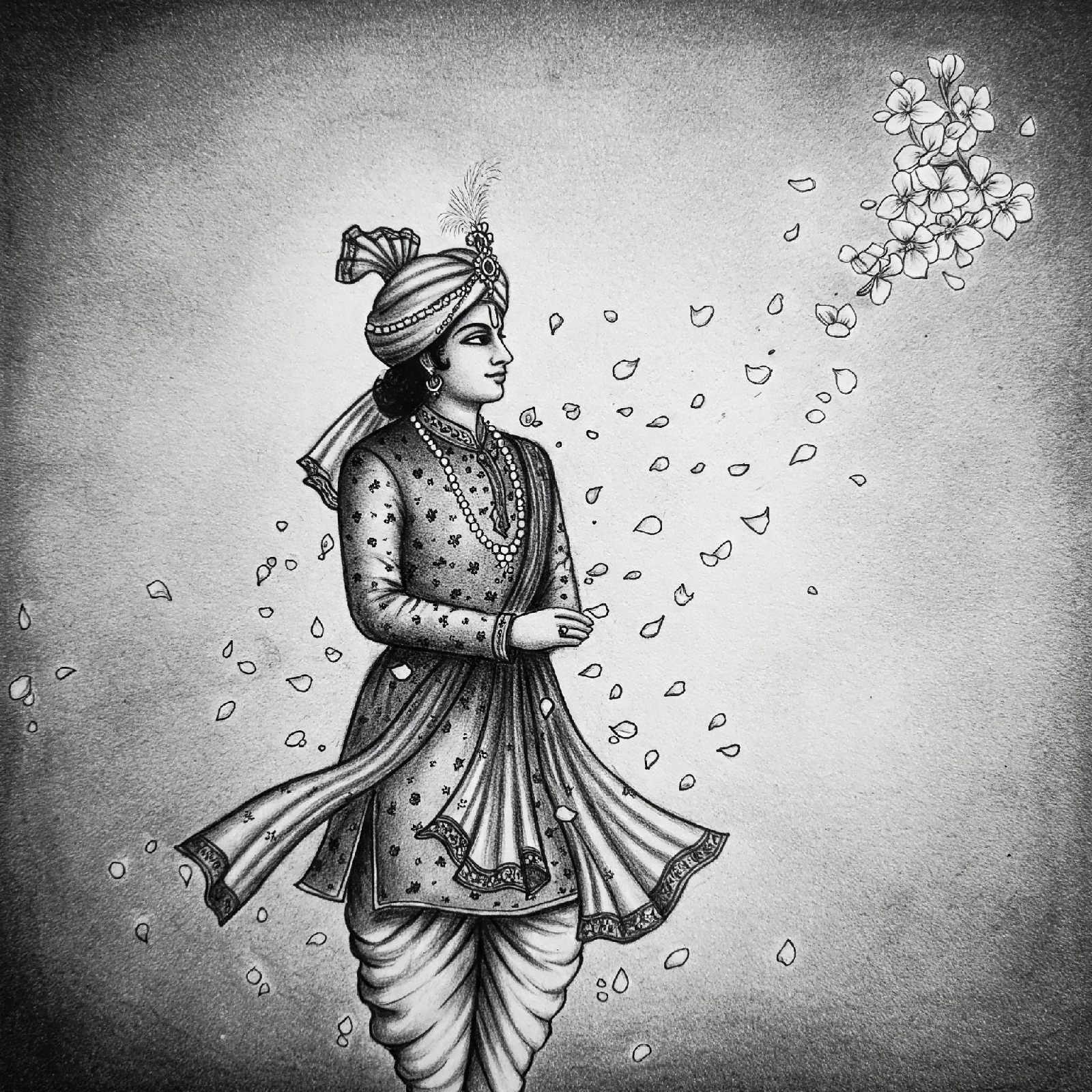The Selkie's Song (A Scottish Folklore)
On the rugged coast of Scotland, where the grey sea crashed against the cliffs and the wind carried whispers of ancient magic, lived a lonely fisherman named Alistair. One day, while walking the deserted shore, he found a sealskin hidden amongst the rocks. It was sleek and dark, and seemed to pulse with a life of its own.
Knowing the old tales, Alistair hid the skin in a chest in his cottage. That night, a beautiful woman with eyes the color of the deep sea appeared at his door. She wept and told him she was a selkie, a creature who could transform between human and seal form, and that her skin had been stolen.
Alistair, captivated by her beauty and her sorrow, confessed that he had found the skin and hidden it. He returned it to her, and the selkie woman, whose name was Morag, was overjoyed. She stayed with Alistair for a time, and they fell deeply in love. They married and had several children, who had their mother's sea-green eyes and a longing for the ocean in their hearts.
Years passed, and Alistair and Morag lived a quiet life, though Morag would often gaze longingly at the sea. Alistair, fearing she would one day leave, had hidden her sealskin away again, this time more carefully.
One day, the children were playing near an old chest in the attic. They found a beautiful, dark sealskin tucked within. Unknowing, they brought it to their mother.
The moment Morag touched the skin, a deep yearning washed over her. The call of the sea was too strong to resist. With tears in her eyes, she embraced her children and kissed Alistair goodbye, her heart torn between her love for her family and her true nature.
She donned the sealskin and returned to the waves, transforming back into a sleek seal. Alistair watched from the shore as she swam out into the vast ocean, disappearing beneath the grey waves.
He never saw her again in human form, but sometimes, when he was fishing, a seal with familiar sea-green eyes would surface near his boat, watching him with a sad and knowing gaze before slipping back into the depths. The children always felt a special connection to the sea, and on stormy nights, they would whisper that they could hear their mother singing in the wind and the crashing waves.
Cultural Reflection
This poignant tale explores themes of love, loss, and the pull of one's true nature. The selkie represents the wild, untamable aspects of the sea and the inherent duality of existence. The story evokes a sense of melancholy and the bittersweet nature of love that cannot always bind the wild heart. It also touches upon the connection between humans and the natural world, and the enduring power of memory and longing.






Comments
Post a Comment